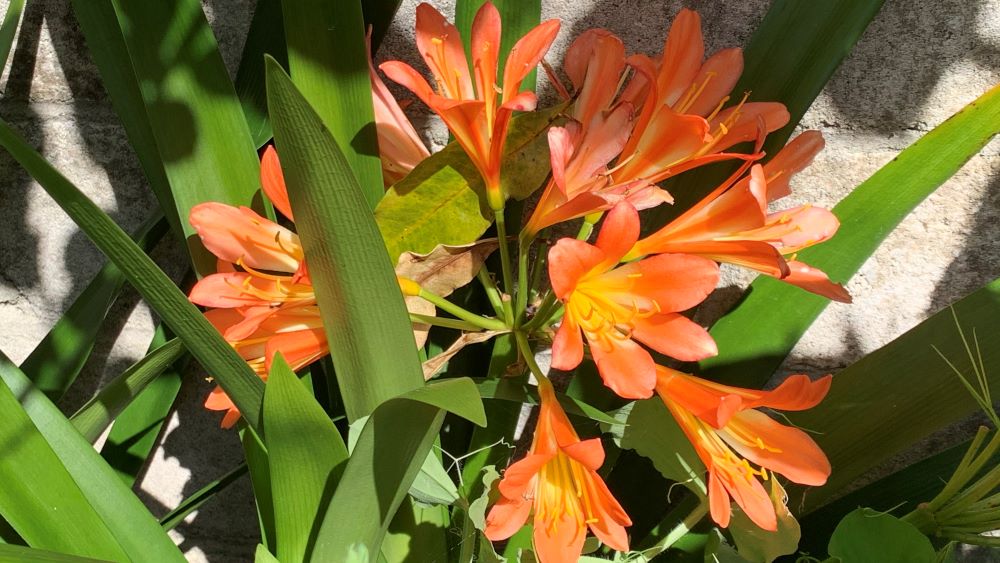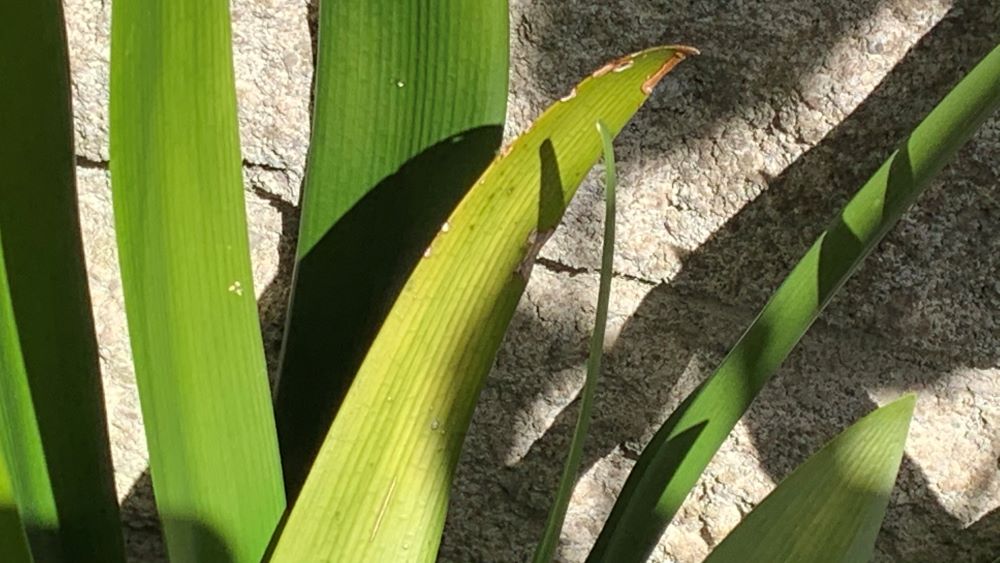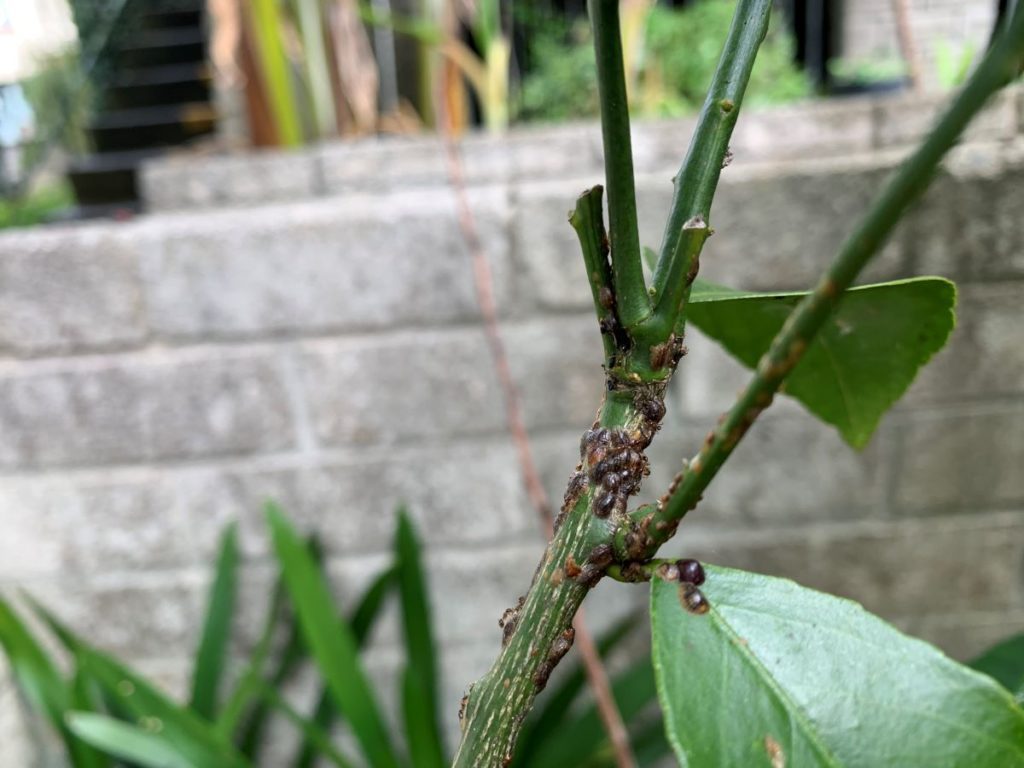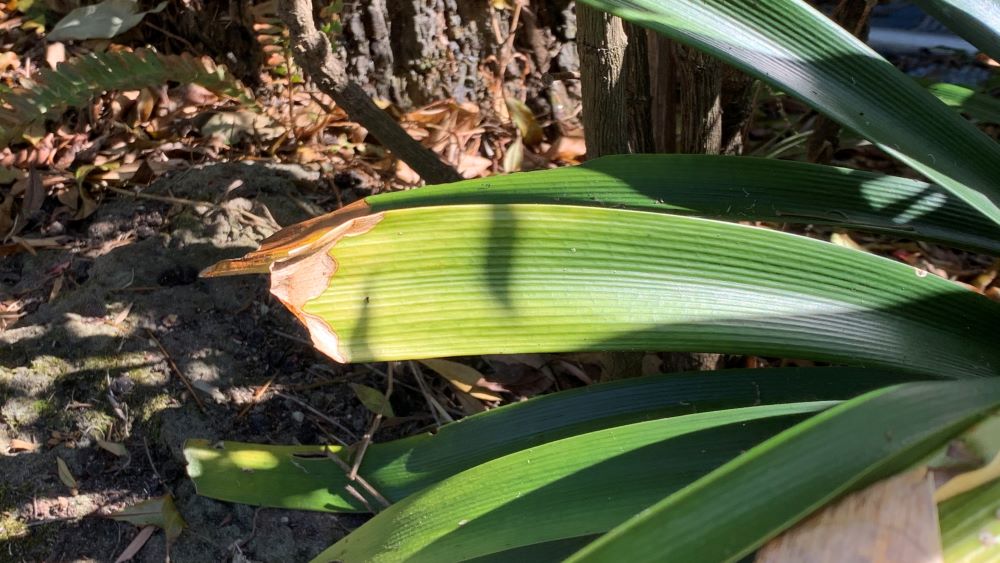Yellow leaves on clivias can be caused by the natural replacement of old leaves with new, a nutrient imbalance, overwatering or sunburn. To solve this problem, trim off any yellow leaves, water the clivias regularly and use a dilute nitrogen fertilizer in the Spring. Check for mealy bug or scale and treat them with eco oil.
Causes of yellow leaves on clivias and solutions
Check out the top causes of yellow leaves on clivias and the easy solutions to get nice green leaves.
Old leaves
Clivias will naturally replace their leaves and as new leaves grow from the center of the plant, the outside leaves will turn yellow, then brown and die off. These old leaves can be cut off using sharp secateurs.

Keeping your clivias well trimmed will keep them looking great leaving the dark, healthy leaves. The clivia flowers will sprout out from the center of the plant. Starting with a lighter colored stem and then the bunched flower groups opening to a bright orange color.
Nutrient imbalance
Clivias that lack nitrogen can end up with yellow leaves. Prepare the soil with good quality potting soil or add compost and cow manure to garden beds. This will provide a good amount of nitrogen over the winter ready for their spring growth and flowering.
Avoid adding extra fertilizer over winter and allow the nitrogen levels to decrease over winter which will encourage flowering. Add some liquid fertilizer in Spring or a handful of chicken manure to provide nitrogen over a longer period of time.
Clivias actually like tight spaces, so leaving them in a smaller pot or planting them in a tight space will encourage flowering. Splitting clivia clumps and transplanting them every 3-5 years will encourage flowering.

Over watering
Overwatering is a key reason why clivia leaves can turn yellow. Excess water will wash away nutrients from the roots, particularly nitrogen which helps the development of chlorophyll in the leaves which help to support photosynthesis.
Clivias prefer to be left to dry out between watering. For indoor or outdoor potted clivia plants, do not leave the pot sitting in water. As the roots can begin to rot, which will stop it absorbing the nutrients it needs.

Mealy Bug
Mealy bug are a small white bug that can hide inside the center of the clivia leaf stem. These bugs will excrete a sweet substance which can cause mold growth on your clivia plant which can make it look unpleasant and can eventually kill off the plant.
To remove mealy bug naturally use a strong hose nozzle to squirt off as many mealy bugs as you can see. After the water dries, spray the plant with eco-oil which will kill of the mealy bug if sprayed directly on it.

Scale
Scale can cause patches of clivia leaves to turn yellow. The scale are small beetle shaped insects which will suck the sap from your clivia leaves. Scale can be treated with eco oil and should be dealt with as the sap they produce can attract aphids and ants.

Under watering
While it is less likely to be the cause of yellowing leaves, underwatering can be the last thing to check to determine why your clivia leaves are turning yellow. Clivia plants growing in sand or very hot areas can turn yellow. Keeping consistent water to clivias during hot weather can help to prevent leaf yellowing.

Sunburn
Clivias prefer part shade so if they are shifted into a full sun position their leaves can become burnt and turn yellow. We had this occur when our clivias were suddenly exposed to full sun after being in a full shade position. Our neighbors tree was removed which used to provide the clivias with shade throughout the day.
The best thing to do if clivias are getting too much sun is to dig them up and move them into a part shade position.

What to do when clivia leaves turn yellow
Here are the most important steps to follow if your clivia leaves turn yellow.
Check the soil and water it well
Stick your finger 1-2 inches below the surface of the soil to check the moisture level. Water it regularly for the next 3 weeks every few days. Water it deeply and allow it to dry out between watering.
Liquid feed with nitrogen fertilizer
Add dilute liquid fertilizer to the clivia plant every 2 weeks when the weather warms. Do this throughout spring to give them a nitrogen boost which will help the leaves to turn darker green.
Check that the clivia does get too much sun
Clivias that are exposed to too much sunlight particularly suddenly can get yellow leaves quickly. For clivias that are exposed to too much sun, dig them out and move them to a space that is covered with shade at least in the afternoon.
Split your clivias after 3-5 years
Clivias will eventually run out of space so need to be dug up and split into pieces. Dig new holes in your garden and space them out. Dig some aged cow manure into the soil first before planting. The clivias may flower in the next spring or it may take another season for them to settle into their new space.
I have planted some split clivias during Fall and they have burst into flower this Spring. I had put minimal effort into planting these and basically shoved them into the corner of our yard. These clivias get morning sun but afternoon shade and are loving their position.

Yellow leaves on Clivias | Summary
Yellow leaves on clivias are unsightly so remove old leaves with sharp secateurs. The clivia plant is hardy and will actually flower well if neglected (only slightly). Let them dry out between watering and only split them once they have filled out their space. You will have dark green leaves and beautiful flowers in no time.
Happy gardening.
I am an accredited practicing dietitian, experienced gardener and a dedicated cook. I love writing and sharing my experience so you can learn from my successes and mistakes.
